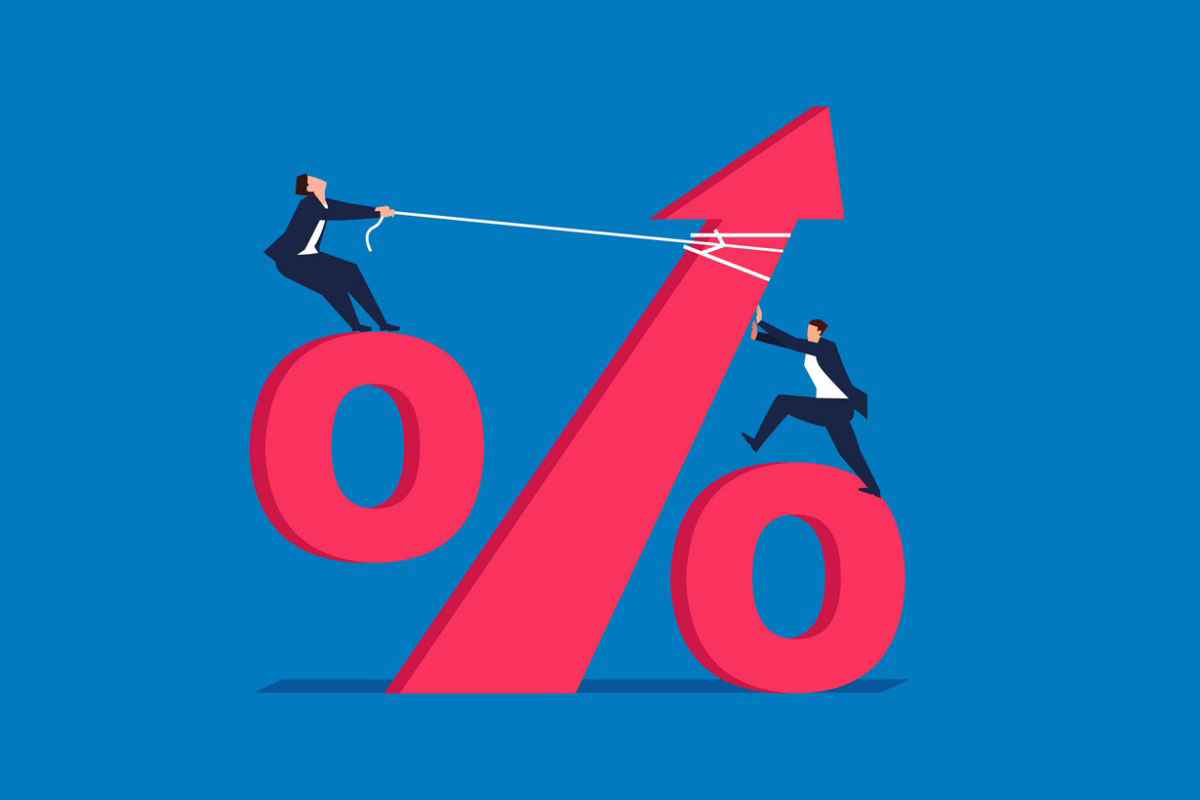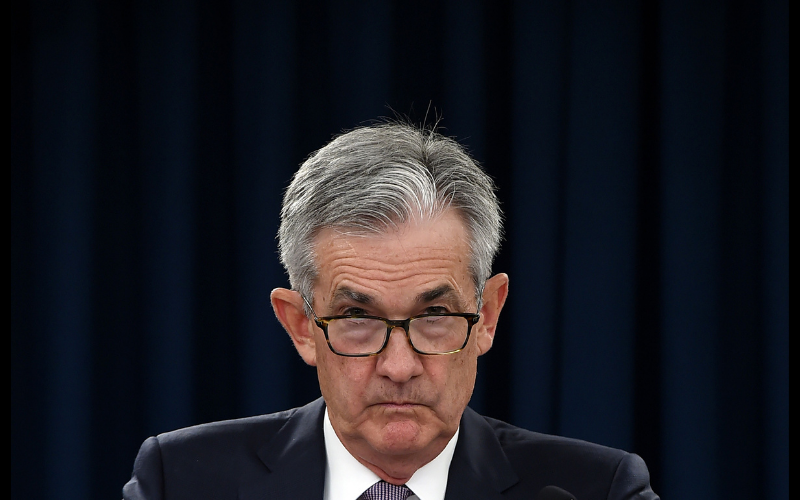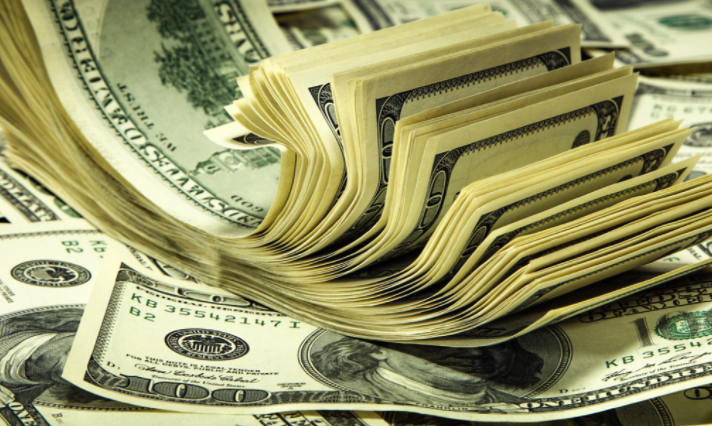Daily FX Market Roundup 09.09.2021
By Kathy Lien, Managing Editor
The European Central Bank delivered exactly what the market expected on Thursday. They slowed bond purchases and raise their inflation forecasts. Policymakers made it clear that the change was a “recalibration” and not “taper” because the change was made to the Pandemic Purchase Program (PEPP) and not the Asset Purchase Program (APP). They also boosted their 2021 growth outlook but shaved their 2022 GDP forecast by 0.1%. Initially traders took the euro lower after the announcement but the single currency managed to recover its losses to end the day unchanged against the greenback. Part of this can be attributed to the lack of surprise from the ECB but investors also sold U.S. dollars as Treasury yields declined.
The most important takeaway from today’s ECB meeting is the central bank’s optimism. Although they went to lengths to downplay today’s move with ECB President Lagarde directly saying “this lady isn’t tapering,” and “the current increase in inflation is expected to be largely temporary,” their optimism was undeniable. She described the “rebound phase” of the economic recovery as “increasingly advanced,” and “the economy is expected to return to its prepandemic size by the end of the year.” This has led many investors to believe the ECB will confirm in December the end of PEPP in March 2022 as planned. “A full recovery” could be delayed by Delta but the unanimous decision says a lot about the overall attitude in the central bank. This is positive for euro even though in the near term as we head into September FOMC, the market’s appetite for U.S. dollars should drive EUR/USD flows.
The U.S. dollar traded lower against all of the major currencies despite very good jobless claims. First time filings for unemployment claims dropped sharply from 345K to 310K, which are fresh pandemic lows. Even with a spike in new claims in Louisiana after Hurricane Ida, the data underscores the impact of labor shortages. Yet the dollar fell because 10 year Treasury yields dropped more than 3% on the back of a very strong 30 year bond auction that reflected concerns about the debt ceiling and taper timing.
The Canadian dollar also fell sharply aa oil prices u-turned lower. China took the unprecedented step of releasing its strategic oil supply by announcing plans to auction off reserves in an effort to ease the pressure on domestic refineries by driving prices lower. This is a big deal for the oil market because it is a sign that China is willing to use its reserves to influence the market. USD/CAD is in focus tomorrow with Canadian labor market numbers scheduled for release. The Bank of Canada left rates unchanged this week but with reopenings and high vaccination rates, strong job growth is expected for August. The employment component of IVEY PMI also ticked higher.
Sterling bucked a 3 day downtrend to end the day higher against the greenback. Like loonie, tomorrow’s monthly GDP, trade balance and industrial production reports puts GBP in focus. Unfortunately the recent decline in manufacturing PMI tips the scale lower for these reports. The Australian and New Zealand dollars traded higher as well with NZD leading the gains thanks to strong manufacturing sales. The RBNZ remains one of the most hawkish central banks. The Australian dollar found no relief from the government’s “roadmap to freedom” that called for restrictions to ease when 70% adults have had 2 vaccine doses. With over 40% full vaccinated and 75% receiving at least one dose, this is likely to happen in mid-October.





